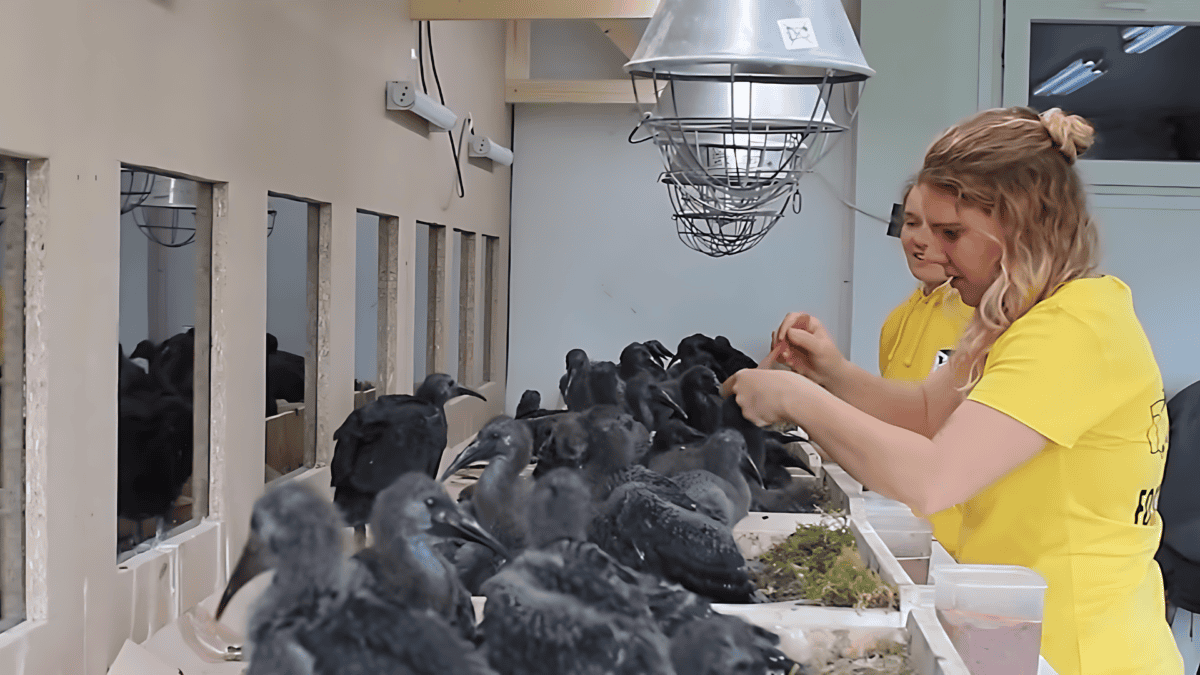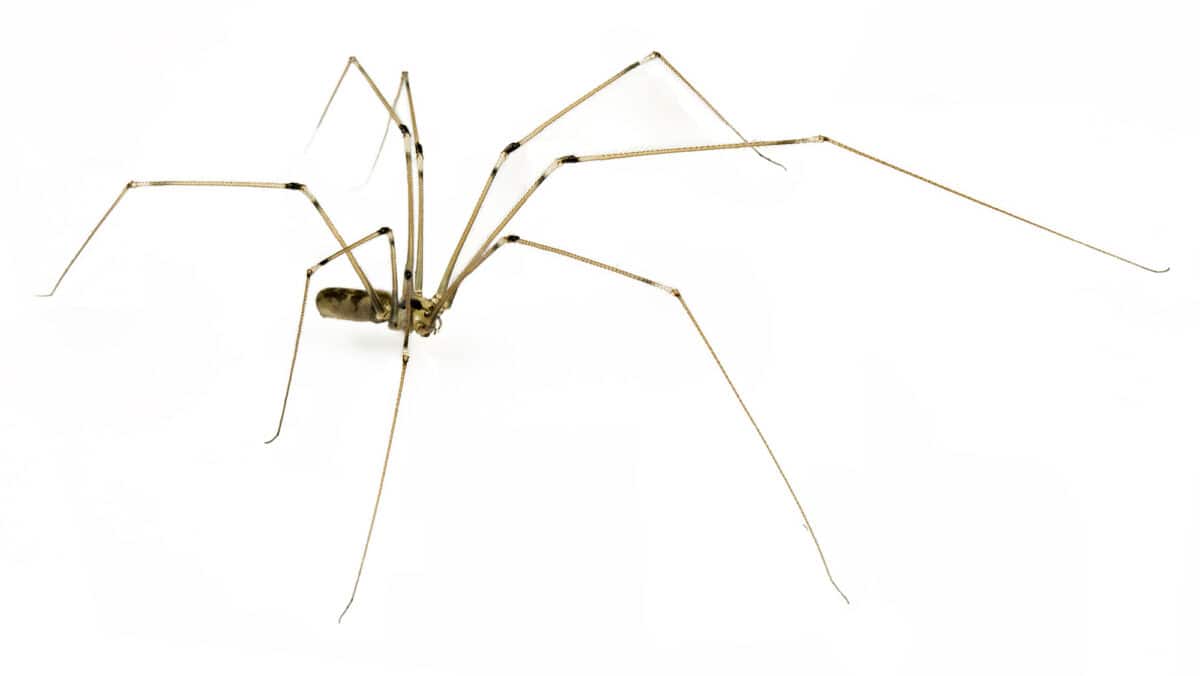In the world of animals, myths and misconceptions often get passed from generation to generation, coloring our understanding of the natural world. These myths might start with good intentions or fascinating anecdotes, but over time, they solidify into beliefs that rarely face scrutiny. In this article, we’ll debunk ten pervasive animal myths, setting the record straight with facts and evidence. Whether these myths concern our beloved pets or wild cousins, it’s time to see them for what they really are: fascinating fictions.
Myth 10: Bats Are Blind

Many of us have heard the expression “blind as a bat” to describe someone with poor vision. However, this saying doesn’t hold up to scientific scrutiny. While bats are well-known for their echolocation skills, which allow them to navigate and hunt in the dark, they are far from blind. In fact, most bats have excellent night vision that helps them see in low-light conditions. Some species, like fruit bats, even have sharp color vision, demonstrating that these creatures are anything but visually impaired.
Myth 9: Camels Store Water in Their Humps

Camels are often portrayed as desert-dwelling creatures storing water in their humps, ready to travel across arid landscapes with ease. However, a camel’s hump actually stores fat—not water. This stored fat acts as a source of energy and nourishment when food is scarce. When a camel uses this fat, its hump can visibly shrink. Camels are indeed well-adapted to desert life, but they hydrate by drinking large volumes of water in one go, not by “tapping into” any reserve within their humps.
Myth 8: Lemmings Commit Mass Suicide

The myth that lemmings deliberately jump off cliffs to their deaths is one of the more dramatic animal misconceptions. This notion was popularized partly by a 1958 Disney documentary which staged scenes to suggest mass lemming suicide. In reality, lemming populations naturally undergo significant fluctuations due to various factors, including food availability and predation. They do migrate occasionally, sometimes leading to risky water crossings, but these actions are far from intentional self-destruction.
Myth 7: Ostriches Bury Their Heads in the Sand

The image of an ostrich burying its head in the sand to avoid danger is comical but inaccurate. When ostriches perceive a threat, they are more likely to run at incredible speeds of up to 45 miles per hour (70 km/h) to escape. The myth possibly arose from ostriches’ behaviors of bending down low, using their long necks to turn eggs in the sand, giving the appearance of hiding. However, their primary defense mechanism is flight, not ignorance.
Myth 6: Touching a Baby Bird Will Make Its Parents Reject It

It’s a common belief that if a human touches a baby bird, its parents will abandon it due to the human scent. However, most birds have a limited sense of smell and are unlikely to notice any scent left behind by humans. In reality, parent birds are dedicated to their young and unlikely to abandon them due to handling. While it’s generally advisable to leave fledglings alone as they learn to fly, helping one safely back to its nest won’t disrupt a parent’s care.
Myth 5: Goldfish Have a Three-Second Memory

This myth seems to suggest goldfish don’t require significant mental stimulation or care. However, research has shown that goldfish are quite capable of remembering things for months. Studies have observed goldfish being trained to perform tasks and recall information later. As a result, they benefit from mental enrichment just like any other pet, enjoying environments filled with various objects and stimulating activities.
Myth 4: Bulls Hate the Color Red

The image of a raging bull charging at a red cape is iconic in bullfighting lore, but the bull’s anger isn’t caused by the color itself. Bulls are actually colorblind to red. What incites a bull to charge is the movement of the cape, regardless of its color. The idea that bulls hate red probably stems from human interpretations of bullfighting rather than a factual understanding of bull behavior.
Myth 3: Dogs’ Mouths Are Cleaner Than Humans’

This popular belief that a dog’s mouth is cleaner than a human’s is misleading. While dogs have certain antimicrobial properties in their saliva, their mouths are not technically cleaner. Both human and dog mouths are host to a variety of bacteria, some of which are unique to each species and some that are transmissible. It’s best to assume that neither is “cleaner” in a general sense, and regular dental care is crucial for both mammals.
Myth 2: Daddy Longlegs Are the Most Venomous Spiders

The myth that daddy longlegs (or harvestmen) are the most venomous spiders, but unable to harm humans due to their short fangs, is incorrect on multiple levels. Firstly, most of what we call daddy longlegs aren’t spiders at all but arachnids in a separate order. Additionally, these creatures do not possess venom glands. Even within the daddy longlegs that are spiders, there’s no evidence to support the claim of them being especially venomous.
Myth 1: Sharks Don’t Get Cancer

The belief that sharks do not suffer from cancer has been debunked by marine biologists. While sharks typically have lower rates of cancer compared to other animals, they are not immune. The myth likely originated from early studies noting the rarity of tumors in shark tissues, but more recent research has identified cases of cancer among shark populations. This myth persists in popular culture, but it doesn’t withstand scientific examination.
Our journey through these prevalent animal myths highlights the importance of questioning accepted wisdom and seeking factual information. Many of these misconceptions emerge from misunderstandings of animal behavior and biology. By debunking these myths, we can better appreciate the true characteristics and wonders of the animal kingdom, leading to more informed interactions and conservation efforts. Animals deserve our respect and understanding, based not on myths, but on scientific truths.
- America’s Most Endangered Mammals And How to Help - August 9, 2025
- The Coldest Town in America—And How People Survive There - August 9, 2025
- How Some Birds “Steal” Parenting Duties From Others - August 9, 2025

